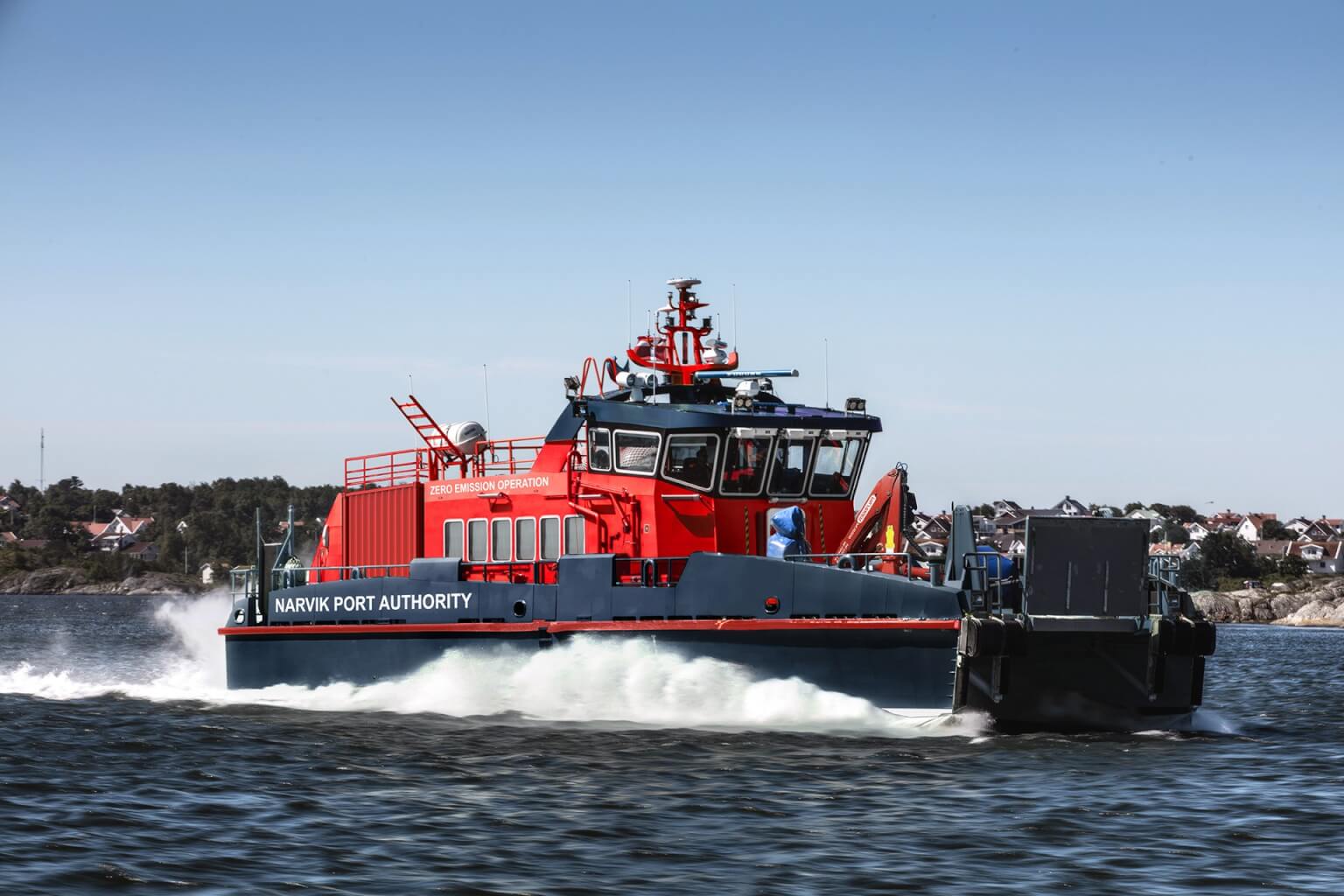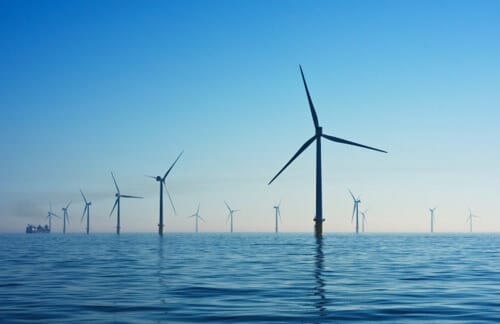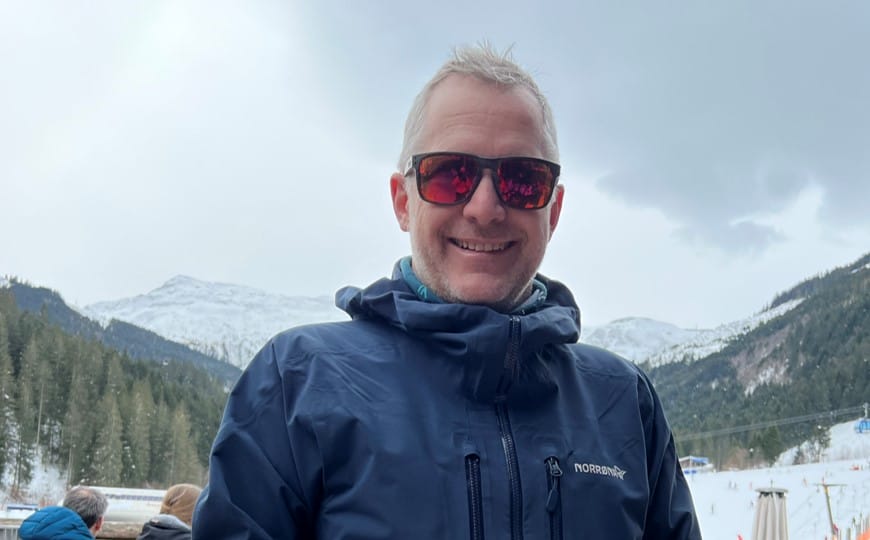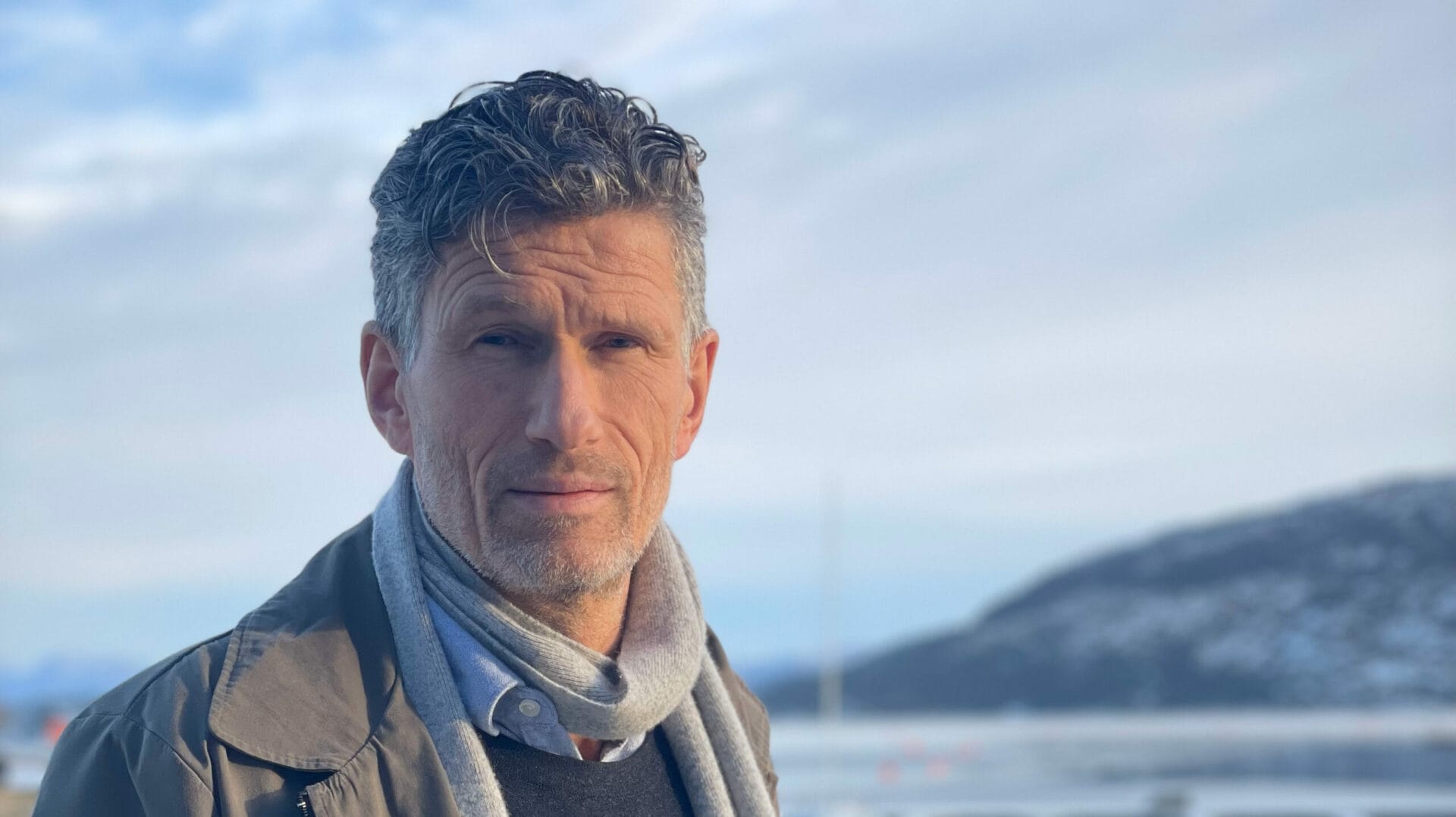

- 25. November 2021
- By:Hilde Waaler
Customer stories
Proactima is assisting in developing a hydrogen-powered high-speed vessel for the Port of Narvik
The Port of Narvik in northern Norway needs a new workboat which should be both fast and emissions-free. Proactima together with eight project partners, are now seeking public funding to build one of the world’s first hydrogen-powered, high-speed vessels.
The boat will be equipped with hydrogen fuel cells from TECO 2030,which will be leading the project, and will be built by the shipyard Grovfjord Mekaniske Verksted (GMV), located near Narvik.
When completed, the boat will replace one of the port’s diesel vessels. As a result, the Port of Narvik will be able to reduce both its diesel consumption and its CO2 emissions significantly.
“This is an exciting project for us”, says CEO Trond Winther in Proactima. “Hydrogen will be key to reducing greenhouse gas emissions from the maritime industry and we are pleased to be able to contribute. In the project Proactima will be responsible for risk assessments and analyses to ensure that it will be safe to use”, underlines Trond Winther.
The boat is planned to be completed in 2023. The Port of Narvik will mainly use it for keeping an overview of the port and the activities there, for emergency preparedness, and for teaching and training of crews.
The Port of Narvik aims to get the boat classified as a long-range, high-speed passenger vessel, and the plan is that it should be able to keep a pace of 23 knots.
Green transition in the maritime industry
Norway aims to reduce emissions from domestic shipping by at least 50% by 2030, compared with 1990. This target should be reached through a stronger focus on the development of low- and zero-emission solutions, and by setting emission requirements for ships operating on Norwegian fjords.
Norway plans to introduce requirements for low- and zero-emission solutions in public tenders to speed up the green transition in the maritime industry.
Moreover, from 2026 only zero-emission cruise ships and ferries will be allowed entry into the Norwegian world heritage fjords.
Ships operating in Norwegian waters will therefore have to reduce their emissions and become more climate-friendly.
The vessel’s fuel cells will be produced in Narvik
The fuel cells that will ensure the boat’s propulsion will be produced at the TECO 2030 Innovation Center in Narvik and will enable it to operate emissions-free.
In addition to Proactima, the following organisations will participate in the project: The maritime engineering company BLOM Maritime, the hydrogen supplier Everfuel, the consultancy KUPA, and the company Norinnova Narvik, which specialises in commercialising research results, are also partners in the project.
BLOM Maritime will provide technical assistance to Grovfjord Mekaniske Verksted during the building of the boat.
Knowledge dissemination will be an important part of the project, and KUPA will focus on disseminating the knowledge about hydrogen boats that will be developed during the boat’s building and testing phase. KUPA is leading a maritime technology cluster in Norway and will pass on lessons learned in the project to its members.
Hydrogen filling station for ships and road transport
The hydrogen boat will become Narvik’s first hydrogen consumer and will need to be refuelled on a regular basis. The project therefore also involves the establishment of a hydrogen filling station.
Everfuel will seek to develop this filling station. The company is currently working to establish hydrogen filling stations for trucks, buses and other heavy-duty transport all across Norway.
Other users of the port will also be able to use the planned filling station in Narvik. About 500 trucks drive through the city every day, and the filling station will therefore not solely be intended to cater for sea traffic.
The goal is that it will become the world’s first hydrogen filling station that can serve both ships and road traffic, and that its establishment will make it possible for more companies and people in the region to switch to climate-friendly hydrogen.
Everfuel will now, together with UiT and Norinnova Narvik, work to find possible new hydrogen users within the municipality and county municipality, such as buses, waste collection vehicles and taxis.
In addition, UiT Narvik will participate in the project as a research partner, with the aim of gaining expertise in maritime hydrogen systems. This will ensure that they can provide education that will enable their students to become valuable potential, future employees of the partners in the project.




